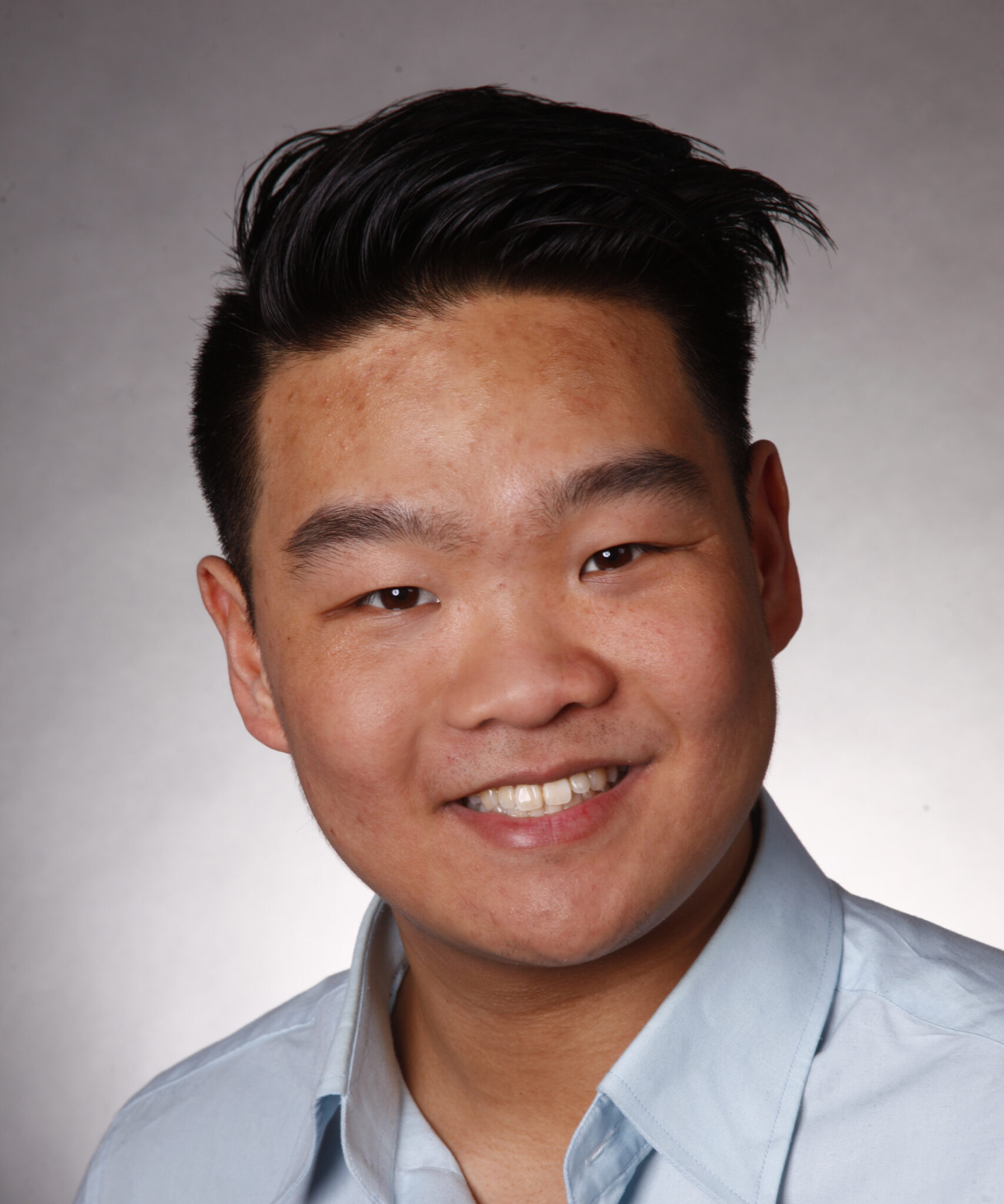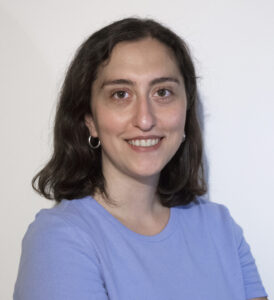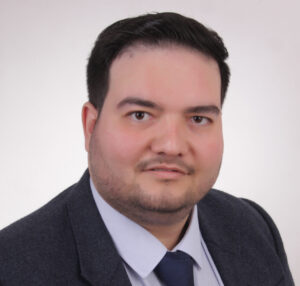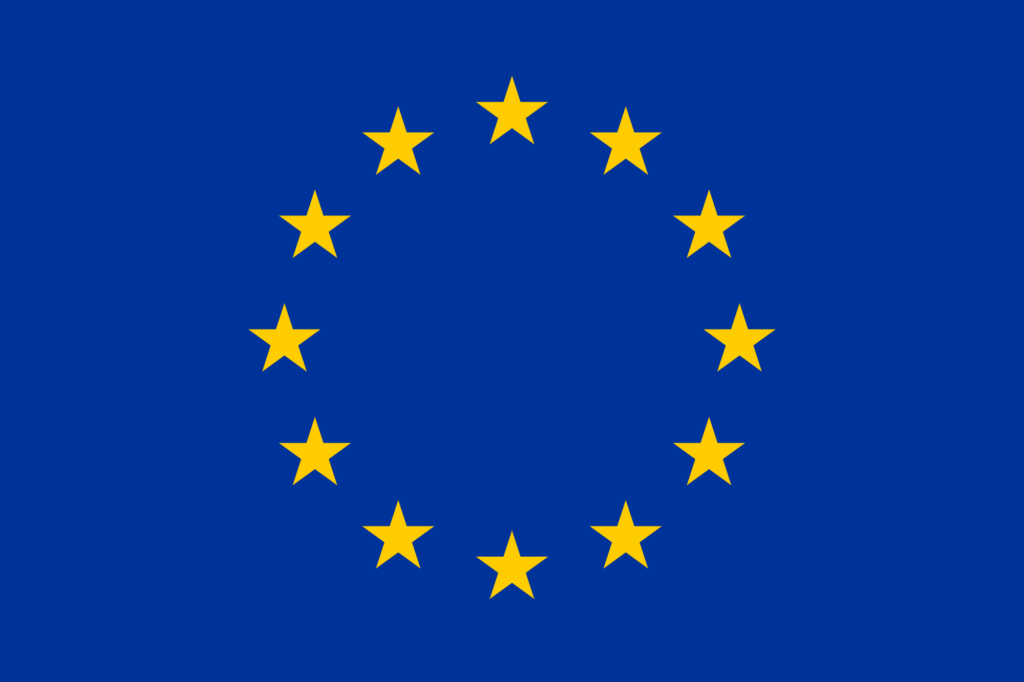Researcher: Chris Phong Van Nguyen
Researcher CV: Chris Phong Van Nguyen received the Bachelor of Science degree in Nanotechnology from “Leibniz University Hanover“, Germany in 2019, and he will receive the Master of Science degree in Nanotechnology from “KTH Royal Institute of Technology”, Sweden in 2021.
In 2018, he was a visiting student at the “University of Groningen”, The Netherlands, as part of the „ERASMUS+“ programme.
During his bachelor’s thesis, from 2018 to 2019, he was working as a student researcher at the “Baryon Antibaryon Symmetry Experiment (BASE)” at the „European Organization for Nuclear Research (CERN)“, Switzerland. He focused on the development of cryogenic ultra low noise detectors for frequency measurements on single trapped protons and antiprotons.
He did a research internship at the “International joint laboratory for Trapped-Ion integrated Atomic-photonic Circuit (TRiAC)” at the “Graduate School of Engineering Science” at “Osaka University”, Japan in 2019, where he was working on ion arrays, trapped in a double-well potential on a microfabricated surface-electrode ion trap.
During his master’s thesis in 2021, he focused on the optical and electrical characterisation of MEMS-tunable silicon ring resonator devices, which were done at the “Division of Micro and Nanosystems”, at “KTH Royal Institute of Technology”, Sweden.
Objectives: The purpose of this project is to develop photomixing terahertz receivers that are fully compatible to photonic and hybrid integration technologies. On the emitter side waveguide integrated photonic THz sources such as UTC-PDs and PIN-PDs have been demonstrated. On the receiver side, photomixers are still top-illuminated, which prevents them from being directly compatible with photonic integration technologies that rely on optical waveguides. This research work will contribute to answering TERAOPTICS’ research Challenge III and V.
Expected Results: The project’s long-term vision of a fully integrated THz system with a transceiver array including all driving electronics on a single chip. Until today, scientific work has mainly focused on integrating the laser source and the THz emitter. Hence, the main objective of the project is the realization of a required integrated optoelectronic THz receiver array that exploits InP-based photonic integration technology and miniaturized electronics. Waveguide-integrated THz receivers will be investigated, which will be integrated with the required electronics, i.e. transimpedance amplifiers, I/Q mixers and RF drivers close to the antenna array. For a profound understanding of the entire system, including the interactions of all components, simulations (e.g. optical mode distribution inside the waveguide, coupling efficiency, dynamic properties of the ultrafast photomixer, high frequency behavior of the receiver array and coupling efficiency of the antenna structure) will be performed. The integrated receiver arrays will be fabricated using the InP fabrication line at Fraunhofer HHI. The components will be characterized both individually and as a array in a THz-imaging system. Through the comparison of simulation and experiment we aim to develop an understanding of the physical limitations and possible improvements of integrated THz systems and devices. Key performance parameters of the novel receivers will be compared to standard, top-illuminated photomixers.
Planned secondment(s):
- to UDE (Prof. Andreas Stöhr), M15 for 1.5 months, for design and simulations of phased antenna arrays
- to ULIL (Prof. Guillaume Decournau) M22 for 1.5 month, for testing the receivers in a wireless communications link
- to TOPTICA (Dr. Patrick Leisching), M30 for 1.5 months, for integrating the novel receivers into a THz spectrometer






